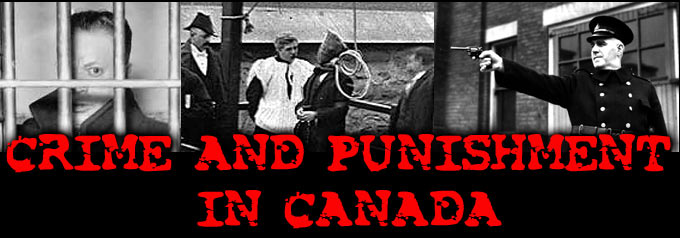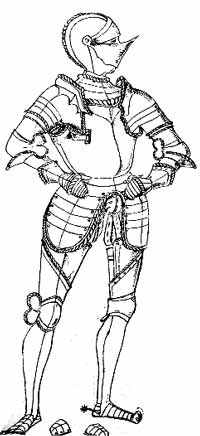
|
THE HISTORY OF CONSTABLES FROM 438 A.D. TO 1800 |
| PREVIOUS PAGE NEXT PAGE |
|
A
BRIEF HISTORY OF CONSTABLES IN THE ENGLISH SPEAKING WORLD
Authority for local law-enforcement derived primarily from the Statute of Winchester (1285), which, although essentially a codification of much earlier measures, encompassed instructions on the communities' obligations regarding the possession of weapons and maintenance of the king's peace.[3] As a precaution against violent assaults, robberies and other unlawful acts, there were provisions concerning watch keeping. The statute specifically gave the power to constables and watchmen to arrest suspicious strangers, who were to be kept under guard until further investigation by the eyre justices or, as was the norm by the fourteenth century, at gaol delivery. Two constables in each hundred (a subdivison of counties), who were responsible to the county keepers of the peace, were entrusted with the inspection of arms and on two occasions each year were to check that the watchmen were armed according to their competence.[4] They held the titles of capitales constabularii et custodes pacis—“constable of hundreds and keepers of peace.”[5] The enforcement responsibilities accorded constables and bailiffs after the Black Death brought their duties into the economic sphere. The Ordinance (1349) and Statute of Labourers (1351) appointed them to control the movement, conduct and service arrangements of labourers and servants within their jurisdiction. Workers who left the village could be arrested.[6] (In nineteenth century Toronto, there remained a category of offence known as “Deserting Employment” applicable to apprentices and servants.) |
|
SOURCES:
[1] Oxford English Dictionary Compact Edition, Oxford: Oxford University Press, 1971. Pg. 871 [2] Constable’s Office, Harris County Pennsylvania, www.co.harris.tx.us/pct4 [3] Powicke, M. C., Military Obligation in Medieval England, Oxford: Oxford University Press, 1962. pp. 64, 119-20; Summerson, H. R. T. `The Enforcement of the Statute of Winchester, 1285-1327', Journal of Legal History, 13 (1992), 232. [4] Powicke, p. 120. [5] Musson, A. J. “Sub-keepers and constables: the role of local officials in keeping the peace in fourteenth-century England”, English Historical Review, Oxford, February 2002. p. 51 [6] Putnam, B. H., The Enforcement of the Statute of Labourers during the First Decade after the Black Death, New York: 1908. pp. 1349-59
|
|
CRIME
& PUNISHMENT IN CANADA: |
|
|
